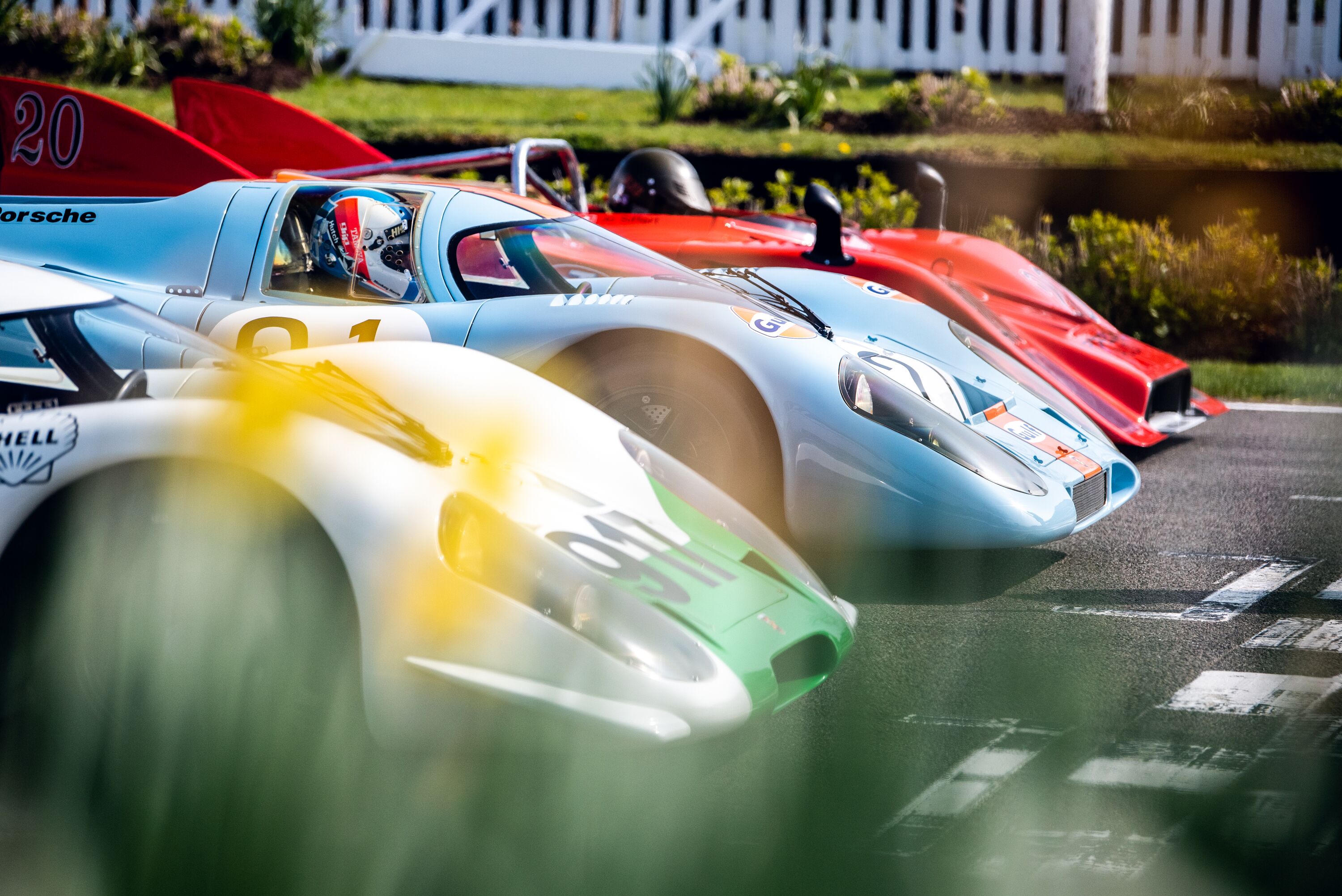Why don’t car manufacturers light up their logos? | Axon’s Automotive Anorak
If you or your forefathers were motorists in the 1950s or ‘60s, the sight of a large black Wolseley saloon at speed could either gladden your heart, or make it beat considerably faster, depending on which side of the law you were on.

A black Wolseley rapidly gaining on you decades ago would more likely than not be a police car, and if its blue roof-top light was turning with its chrome Winkworth bell ringing like the clappers. You could either move out of its way, or pull over and stop with a shudder of fear if you were the chosen target of the boys in blue.
At night, the sight in the rear-view mirror of a large car with dim headlamps and a distinctive, small central glowing badge was a giveaway that a black police Wolseley was tailing you. That tiny third light – an illuminated oval-shaped Wolseley badge – made that once mighty ex-Nuffield/BMC marque easy to spot in the dark. No other car maker at that time lit up its badge.

The distinctive and unique ‘face’ of a Wolseley at night with its glowing grille-mounted badge was easily identifiable, as my father used to remind me – a car-mad kid – every time a Wolseley passed in the opposite direction.
Long before I was even a twinkle in my parents’ eyes, a big black Wolseley saloon held a very special place in my father’s affections - be it a 6/90 or Farina-bodied 6/110 with its lusty straight-six Austin-Healey 3000 engine. My Dad was a ‘copper on the cars,’ upholding the law with the Metropolitan police force and pounding London’s busy highways in a series of big, black Wolseleys, with blue roof lamps and a quaint Winkworth bell mounted on the front bumper – a look recognisable in many classic British black and white period films and TV shows.
My father’s admiration and respect for these robust and sturdy Wolseley’s convinced him to remain loyal to the marque when he finally retired from the Met Police to take up a safer trade in the property business. His first post-police force car of choice was a smaller Wolseley 1500 saloon (still with an illuminated grille badge) that I’ve only ever seen in old grainy black and white family photographs, this car pre-dating my arrival by some years.

Wolseley first introduced this hallmark glowing badge feature of the marque way back in 1932 and retained it right up until the very last Wolseley model was built in 1975 – the short-lived and rare Princess 18-22 wedge-shaped Six Saloon – which also featured the marque’s unique ‘signature’ illuminated grille-mounted badge. Strangely, no other British (or European) car maker ever followed Wolseley’s lead and put its name in lights.
In fact, to the best of my knowledge, the only other car maker to ever light up its logo was Subaru, though only in its domestic Japanese market. Subaru lit up its distinctive celestial six star logo for many home-market models from the 1980s onward, but for reasons unknown, it chose not follow this illuminated badge initiative in its many export markets.
In this highly brand-conscious age, it seems odd to me that car manufacturers are maybe missing a trick by not putting their name and/or corporate logo up in lights in the dark. They continue instead to keep hiding their badges from fellow road users at night time.

This has become increasingly apparent to me as more all-electric Volkswagen ID. and Mercedes-Benz EQ model ranges hit our roads. Both of these German brands fit the face of their claimed zero-emission models with distracting long fluorescent stripe lighting along the top of their grilles, yet they don’t do the obvious thing and actually illuminate their VW or three-pointed star roundel logos. It seems like a no-brainer to me, even if they do run the risk of their electric models resembling the Blackpool illuminations.
Increasingly, car makers are using door mirror-mounted down lighter ‘puddle lights’ logos and illumined door sill kick plates to help identify their brands (to their owners and immediate occupants, but not the wider road-using public). To-date, few, if any, have followed the Wolseley initiative, first introduced 90 years ago, and lit up their corporate logo with pride. I’m sure it’ll be only a matter of time.
Axon's Automotive Anorak
Wolseley





